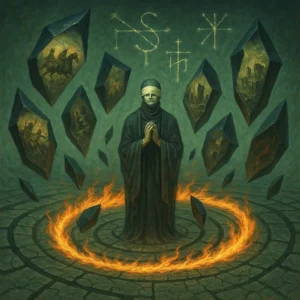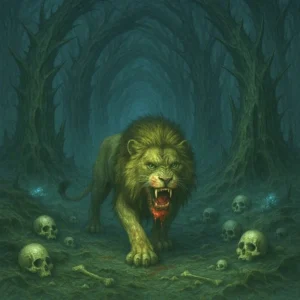It’s said that a book should not be judged by its covers. Some would say that this also applies to music album covers. That what matters is the music inside. But there’s a difference.
Have you ever looked at some of the best album art and felt a connection? It gives you a visual representation of the music within. This is what inspires a streaming listener to play your album. An album cover shows the artists identity. It’s the door through which a listener gets to learn more about you and press play.
But good things don’t come easily. To catch the attention of your listeners, to evoke that emotion within them, you’ll need to understand the elements that make a good cover stand out. Colour and typography, when used in the right way together with imagery and style, can be the wow factor in your cover art.
We’ve broken down the different elements to show you how you can tweak each one of them to make your own album cover stand out.
Colour
Colour selection is a very important decision in design. Consider how a black and white album cover evokes a different feeling compared to multicolour art. To understand why some colors work and some don’t, you’ll have to understand color theory and it’s used in branding. Color theory shows us how different evoke different feelings.
To understand this, we should remember that music speaks for itself. A musician wants the message they convey to make a listener feel a certain way. A good album art design uses colour to help you enforce that feeling. By just looking at the album art, the listener will already know what to expect. For example, you can use yellow and orange in your cover design to give your listeners a playful and playful feel when listening to your content.
Darker colors such as gray and dark blue can be used to portray a somber tone.
This cover design by ichnjisan uses splashes of color over a black and white image.
Monochrome album cover by gilangmhrrm .
For minimalists, a single color with varying gradients can be used to evoke simplicity. If you want to mix different colors, color theory also guides you on how to do that, as follows:
Monochromatic Colors
This is the use of one color, all throughout, with varying gradients. If you want to tap into a mood or evoke a certain feeling, this is the way to go. It’s a bold choice that was used by the Beetles with the White Album.
If you’re into design, it’s likely, you’ve known what a color wheel is. Colors opposite each other on a color wheel are known as complementary colors. They help create dynamic visuals by bringing out the best in each other. Colors that lie next to each other on the wheel will blend together easily and are an alternative to monochromes.
Triads colors are drawn three(triad) equal sections of the wheel. They are more exciting than monochromatic colors but should be used with care to convey the intended meaning of the album.
Album cover with clashing colors by JET ARTS.
Typography
Fonts chosen for your album art design also matter. If applied correctly on the album title, the track list on the back or any component the user will read, they’ll successfully convey your brand’s personality.
Serif fonts such as Times New Roman and Cambria can be used with opera, classical, or acoustic music.
Sans Serif fonts, such as Ariel and Helvetica are considered more modern than serif. They have been widely adopted in electronic and indie rock.
Script fonts emulate handwriting and can be used for alternative rock. They are usually messy and playful, making them suitable to display a variety of feelings.
Imagery and Style
Musicians mostly use photography, for imagery. But any well-designed graphic will also work depending on the type of music. However, images of faces as album art tend to stand out. Potential listeners are likely to notice the face more than an abstract design. The face can be used to express feelings conveyed by the artists’ music.
You can also try minimalism, which if done right will make you stand out.
The goal is to make your cover art represent the message in the music. Typography, color, and imagery should work together to achieve the desired effect.










